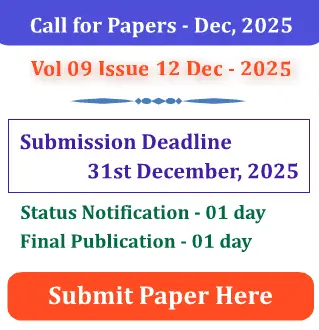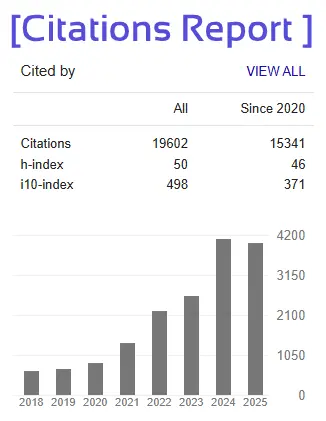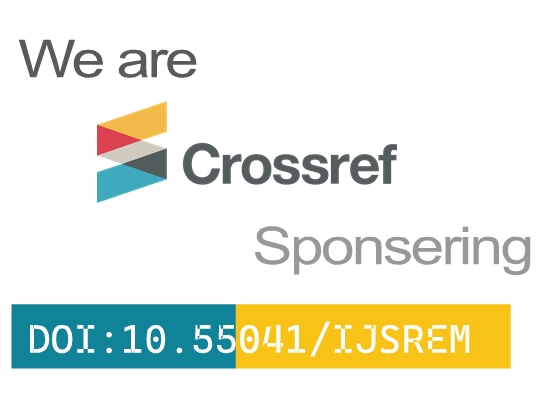Emotion Detection from Video and Audio and Text
Dr.D.Thamaraiselvi J.Pranay S.Hruthik Kasyap
Abstract : Emotion detection from video, audio, and text has emerged as a vital area of research within the fields of artificial intelligence and human-computer interaction. As digital communication increasingly integrates multiple modalities, understanding human emotions through these various channels has become essential for enhancing user experience, improving mental health diagnostics, and advancing affective computing technologies. This paper presents a comprehensive overview of the methodologies and frameworks developed for detecting emotions from video, audio, and text inputs, highlighting the synergies and challenges of multimodal emotion recognition systems.
The paper begins by discussing the significance of each modality in emotion detection. Video analysis leverages facial expressions, body language, and gestures, employing computer vision techniques to extract key features that indicate emotional states. Audio processing focuses on vocal characteristics, such as tone, pitch, and speech patterns, utilizing signal processing and machine learning algorithms to interpret the emotional nuances conveyed through speech. Text analysis, on the other hand, relies on natural language processing (NLP) techniques to assess sentiment and emotional context from written language, considering both syntactic and semantic factors. By integrating these three modalities, the proposed systems can achieve more accurate and robust emotion recognition, reflecting the complexity of human emotional expression.
Moreover, the paper explores the challenges faced in multimodal emotion detection, including data synchronization, feature extraction, and the need for large, annotated datasets that represent diverse emotional expressions across different cultures and contexts. The integration of machine learning and deep learning approaches is examined, showcasing how these technologies enhance the effectiveness of emotion detection systems. Recent advancements, such as the use of transformer architectures and attention mechanisms, have shown promise in capturing the relationships between modalities and improving the overall classification accuracy.
Finally, this research emphasizes the potential applications of multimodal emotion detection, ranging from mental health monitoring and customer service improvement to interactive entertainment and education. The paper concludes by identifying future directions for research, including the need for more robust and generalizable models, ethical considerations in emotion recognition technology, and the exploration of real-time emotion detection in dynamic environments. By addressing these challenges and opportunities, this work aims to contribute to the development of more empathetic and responsive AI systems that can understand and respond to human emotions effectively.







